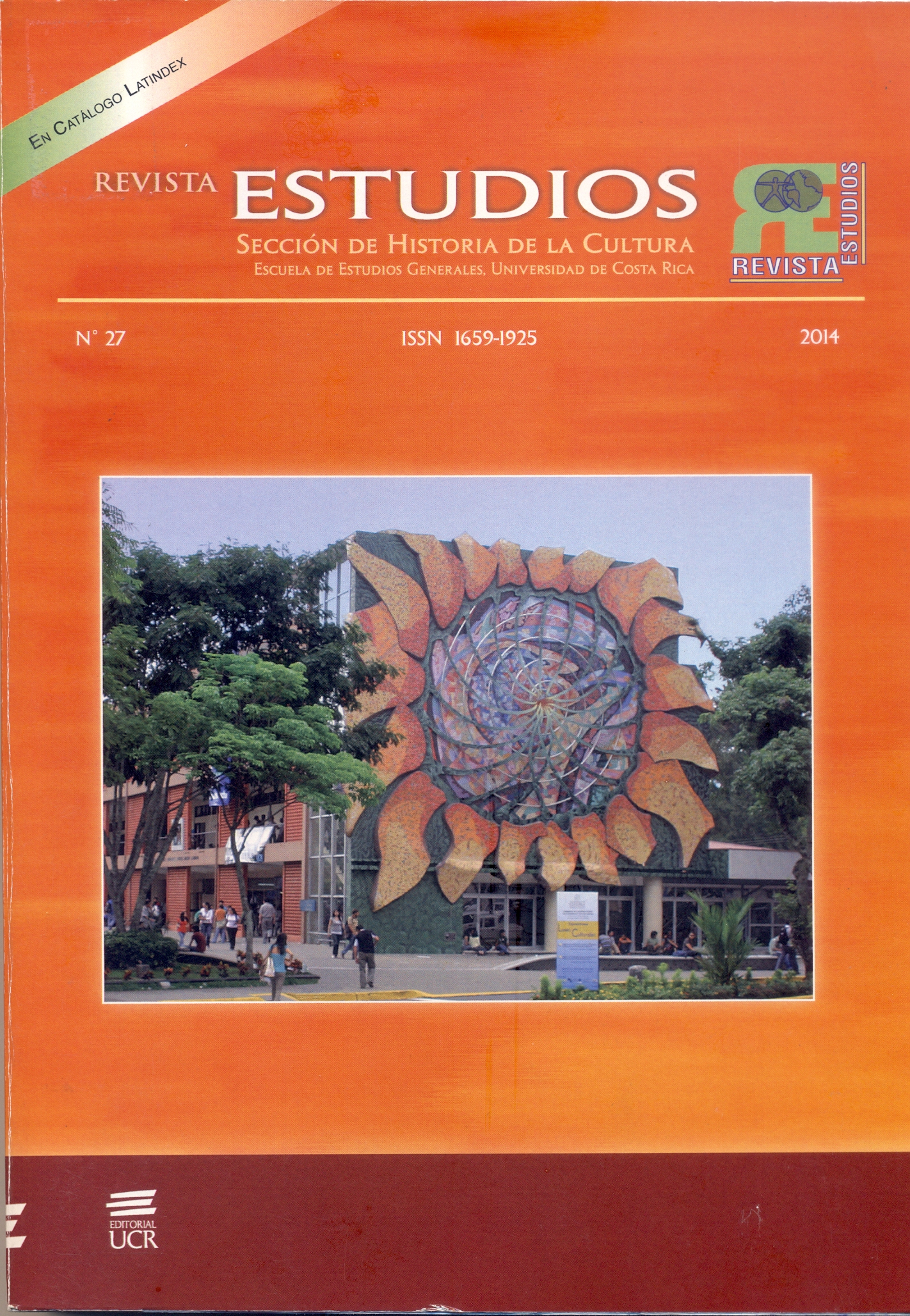Abstract
This paper answers the question: Was there heretic images during the Middle Ages? On the one hand, it analyses the heretic discourse concerning images. On the other hand, it examines the theological discourse as expressed by ecclesiastical authorities. In so doing, it is possible to observe a slow articulation of a figuration- and image-related orthodoxy. It is thus possible to observe how imagination concerning imagery was considerably limited by the eventual imposition of a canon. How the concept of “heresy” was effected with this purposes is central to this paper.
References
FRANCASTEL, Pierre, «Art et hérésie», in Hérésies et sociétés dans l’Europe pré-industrielle, 11e–18esiècles, Paris –La Haye, Mouton, 1968 (Civilisations et sociétés, 10), p. 31-50. Depuis, la question d l’absence d’un «art hérétique» n’a gère été reposée. Dans une thèse soutenue à l’université de Poitiers en octobre 2005 sous la direction d’Eric Palazzo, Alessia Trivellone s’est intéressée qu’à la question –différente -de lareprésentation des hérétiques dans les images jusqu’au début du XIIIes.
FRANCASTEL, Pierre, p. 35-36. L’auteur donne ensuite –pour l’Espagne mozarabe et les Balkans, quelques exemples d’ «affleurement» de motifs peut-être hérétiques dans l’art chrétien, mais cela ne change rien à la thèse d’ensemble
KANTOROWICZ, Ernst, «The Quinity of Winchester», repris dans Selected Studies, Locust Valley –New York, 1965, p. 100-120
La Biblia Latinoamericana, LXXXI edición, Madrid, 1989.

